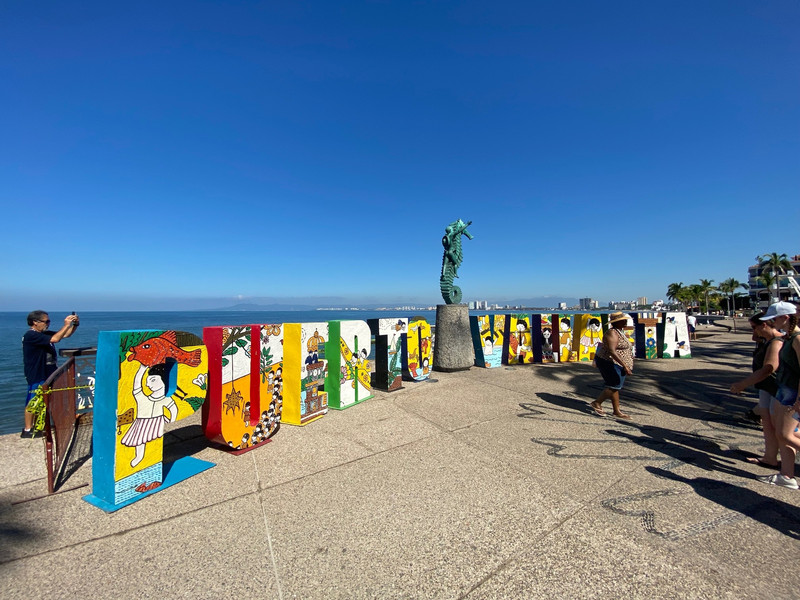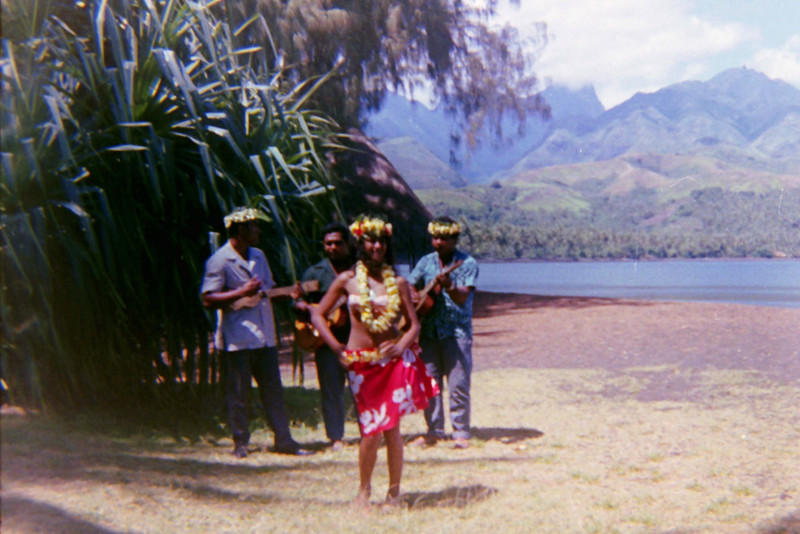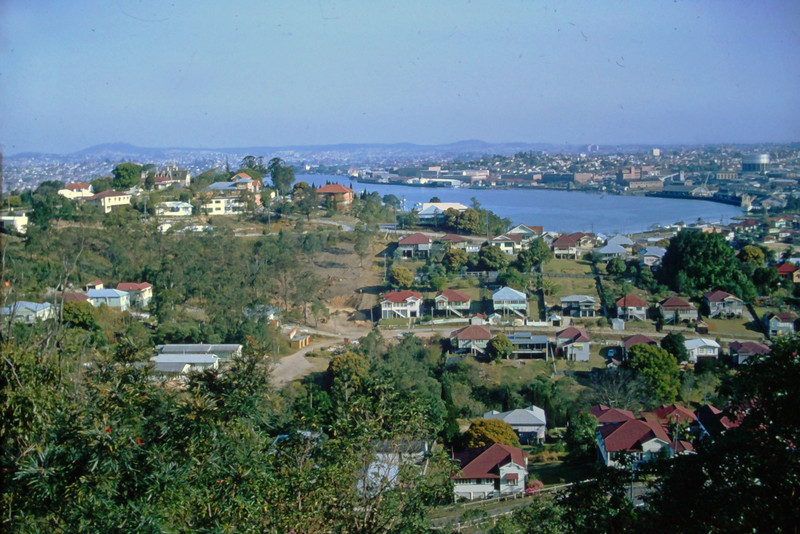Heading south towards Milford Haven our first stop was only a short distance from Rocket House near Poppit Sands where we had spent a glorious week. Llandudoch in Welsh or Saint Dogmaels (our first Saint), an unusual name and a fascinating place particularly for the history enthusiast. This small parish had a peaceful setting next to the River Teifi, a mile downstream from the town of Cardigan. Not much is known about Saint Dogmael who has given his name to this Pembrokeshire village, apart from that he was a native of Ceredigion (Cardigan). He preached both in Wales and Brittany and several churches bear his unusual name.
The remains of a 12th century Abbey built on a site of a monastery takes pride of place in the village. After the Dissolution of the Monasteries, the church continued to be used for a time by the parish, and a rectory was built into the southwest corner of the cloister.
is inscribed in both Latin and ancient Ogham and dating from the fifth century - it helped provide the key to deciphering the Ogham alphabet. Recognised by scholars of Early Christian inscribed stones as being of great importance it is a 7 foot high thought to date from the late 5th or early 6th century AD, that being the immediate years following the Roman retreat from Wales. This ancient stone probably came from the original cell (llan) of the Celtic monastery. The ‘llan in many place names refers to the enclosure containing church or monastic buildings. There are two holes in the stone which means that in the past it was probably used as a gate post, and it may even have been in use as a sort of stepping stone over a stream; maybe this caused the stone to be broken into two pieces. However as a bilingual inscribed stone with its Ogham cipher inscription of notches or strokes on its edges and the Latin (Roman) inscription on its face its safety is now assured. It was only in 1848 that the strokes on the ancient enabled scholars and historians to decipher the Ogham alphabet -
the early Gaelic language of Ireland. Both inscriptions, once they are translated, read the same. Although not renowned like the famous Rosetta Stone it is equally important to historians.
Close to the ruins was a water mill known as Y Felin (Welsh for ‘the mill) thought to have once have been part of the - it is one of only a few working mills remaining in Wales. Completely renovated with its original machinery intact it produced a range of flours and milled grains which were on sale in the mill shop. We spent an hour walking around the Abbey ruins and Church reading the informative signs before heading further south - all was really quiet we were the only visitors there and had the whole place to ourselves.
We stopped at (English: Valley of the Church) a hamlet in a picturesque cove on the eastern side of the Dinas Island peninsula between Fishguard and Newport - had real difficulty pronouncing this name too
people but there are 27 homes and a small caravan site for the summer visitors that manage to find this quiet little hamlet. I must say that the narrow road down to this quaint cove was an experience, but we did manage not to meet too much traffic travelling the other way and only had to reverse once along the lane - not sure what happens when its busy as it would be impossible to pass once there are two or three cars close to each other.
One always starts to wonder if one is on the right road and the Satnav is behaving itself when you start to see more grass than tarmac on the road . but in the end we hit the beachfront and managed to squeeze our car into the tiny car park - where there was an honesty box to put your £2 parking fee into.
A short distance away was what was left of the small church of Saint Brynach - (our second Saint). There are several churches dedicated to this saint who was probably from Ireland since Bernach is an Irish name and he is occasionally referred to as
Brynach Wyddel - the Irishman.









